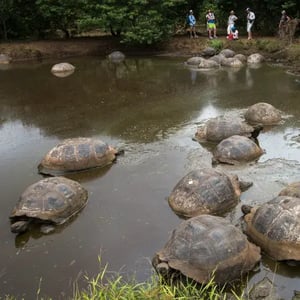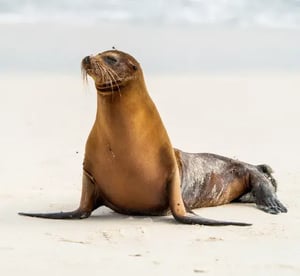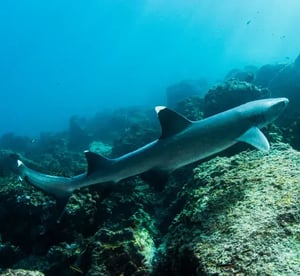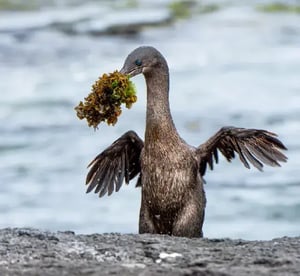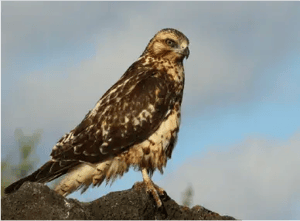
GALAPAGOS GIANT TORTOISE
The Enduring Giant Tortoises of the Galapagos
Meet the centenarian living fossils and the icons of the Galapagos – the Giant Tortoises and their legendary symbol, Lonesome George.
The Epic Story of Galapagos Giants
Experience the enchanting history of the largest living reptiles – the Galapagos Giant Tortoises. Discover how these astonishing creatures, known to live for over a century, found their home in the archipelago. Join us as our naturalist guides introduce you to these extraordinary creatures – from their unique saddle-backed shells to their uncanny survival instincts.
The Tale of Adaptation and Survival
Marvel at the remarkable journey of survival of these tortoises. Believed to have arrived via floating trees, the Giant Tortoises have shown an uncanny ability to adapt to the diverse landscapes of the Galapagos Islands. Their slow metabolism, herbivore diet, and unique abilities have shaped their enduring legacy.
Long Lifespan: One of the most notable characteristics of the Galapagos tortoise is its longevity. They can live over 100 years, with some recorded to have lived over 150 years.
Diet and Digestion: These tortoises are herbivores, feeding on over 50 kinds of plants, including a poisonous apple tree, endemic guava, opuntia, and various fruits. Because of their slow metabolism, they take them 1 to 3 weeks to digest their food.
Survival without Food or Water: Galapagos giant tortoises have impressive survival skills. Thanks to their slow metabolism and water reserves, they can survive for up to a year without food or water.
Where to Meet the Giant Tortoises
Prepare to meet these magnificent creatures on our luxury yacht cruises to seven enchanting islands
– Española, Fernandina, Pinzón, San Cristóbal, Santa Cruz, Santa Fe, and Santiago.
As you enter their world, get ready to spot them basking in the highlands or nesting in the lowlands.
OTHER REPTILES
01 Galapagos Giant Tortoise
Yes
Endemic
Reptiles
Animal group
Geochelone elephantopus
Scientific name
150 cm
Animal average size
300 kg
Animal average weigth
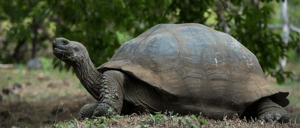
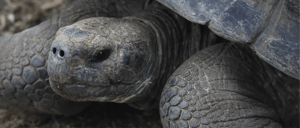
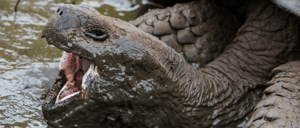
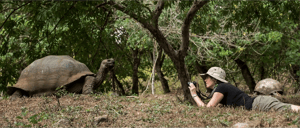
Lonesome George’s Legacy
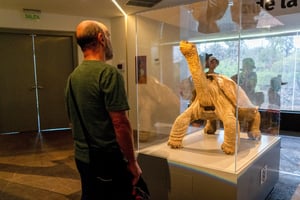
Where to spot this animal?
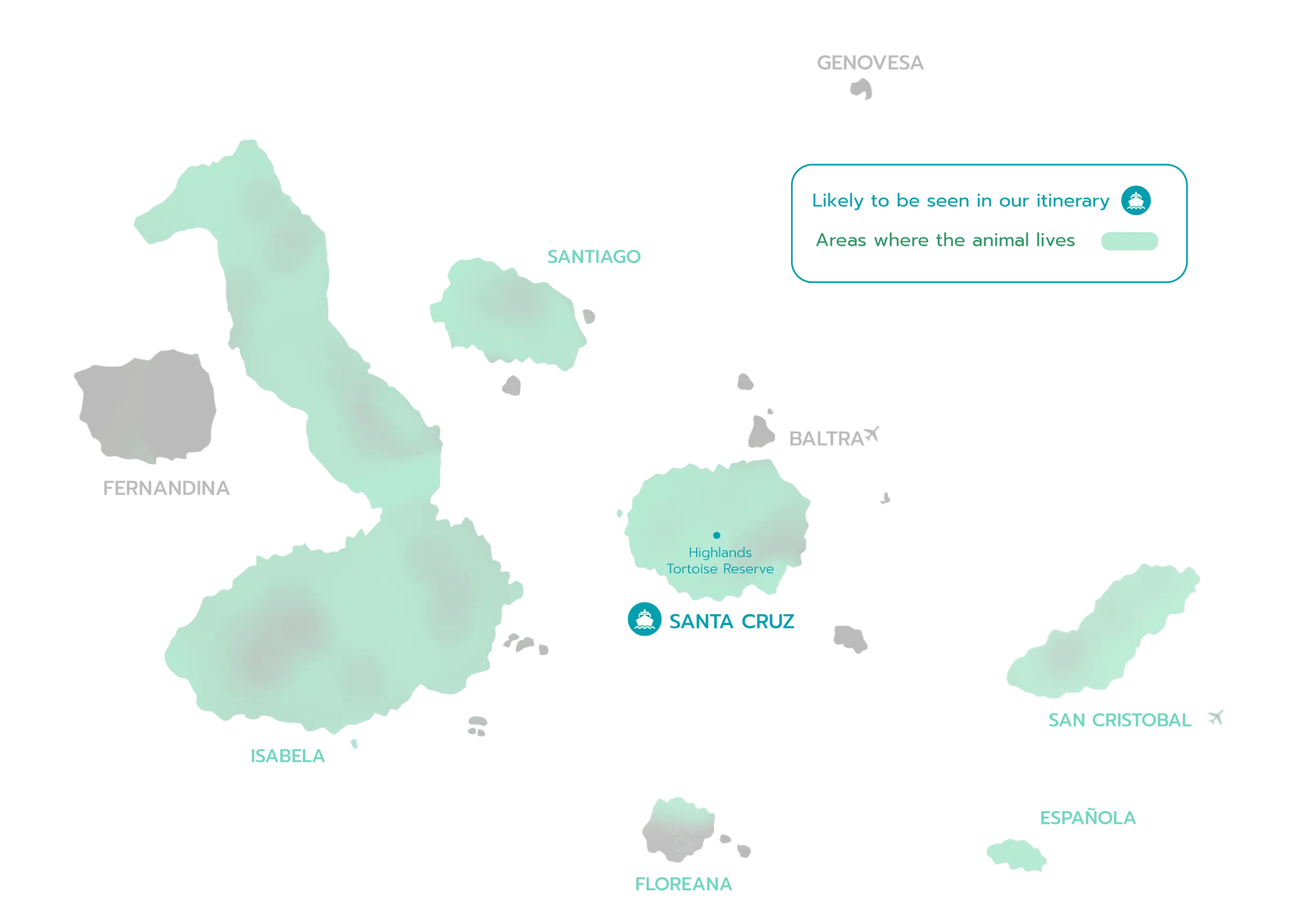
Expeditions where you can see this animal
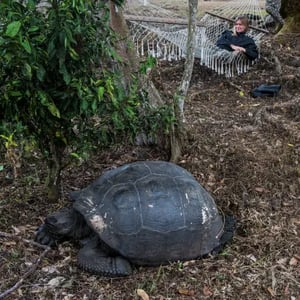
NORTH EXPEDITION (A)
Visitor sites:
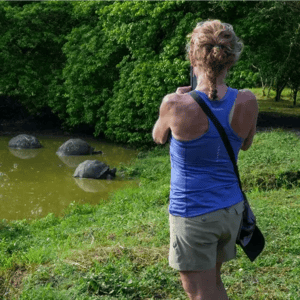
WEST EXPEDITION (B)
Visitor sites:
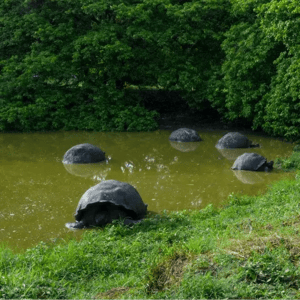
SOUTH EXPEDITION (D)
Visitor sites:

NORTH EXPEDITION (A)
Visitor sites:

WEST EXPEDITION (B)
Visitor sites:
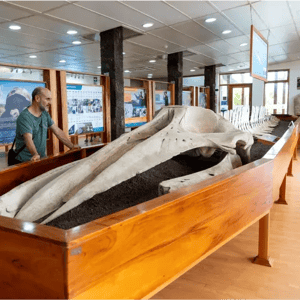
EAST EXPEDITION (C)
Visitor sites:
> Charles Darwin Research Station
